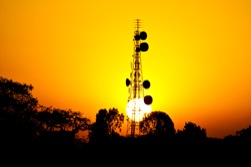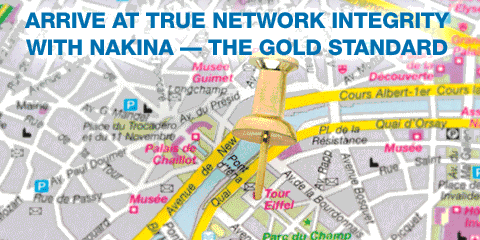|
|

By
Tim Young
In the saga of wireless communications growth, the age of Prometheus is drawing
to a close.
For those of you who have lapsed in your study of ancient Greek mythology,
Prometheus was a Titan and the brother of Atlas, bearer of the heavens.
Most notably, it was Prometheus who stole fire from Zeus and brought it to
mankind (and was brutally punished for this transgression… but that’s a topic
for another day).
This gift fundamentally altered the way in which mortals conducted their daily
lives. The light. The heat. The utility. The beauty. A post-Promethean world was
enriched in countless ways, and all Prometheus had to do was deliver a simple
technology.
And that’s the way wireless communications have worked in emerging markets for
years and years. Build a tower, distribute prepaid handsets, and deliver
low-ARPU voice service to subscribers thrilled to have any semblance of
connectedness to the outside world.
|
|
The age of massive numbers of new subs is drawing to a close in much of the world. |
|



number of wireless connections,
according to Wireless Intelligence.
And it’s not just about raw numbers. Latin America has a penetration rate that
analysts expect to reach 90% by the end of 2010, with Brazil closing in on 100%
penetration.
Those are serious numbers.
When it comes to exploring the
emerging wireless market, perhaps the
most compelling frontier,
geographically, would have to be Sub-
|
|
|
|
|

However, just as markets like Japan and North America matured, and penetration
rates turned into saturation rates, so too has the communications market
complicated in the developing world. For so long, massive growth rates have
fueled the mobile expansion into emerging markets. Areas that lacked a proper
communications infrastructure were numerous. Some were areas where harsh terrain
prevented a conventional wireline infrastructure from being a practical goal.
Other areas lacked the governmental stability or elite will to support such
development. Still others saw network infrastructures laid during periods of
colonial occupation, only to have later factions dig up the network itself,
strip the wires, and sell the whole mess for its weight in scrap copper.
If there’s a more compelling image of the ins and outs of post-colonialism, I
don’t know where you’d find it.
However, this age of massive numbers of new subs is drawing to a close in much
of the world. A recent report by Wireless Intelligence notes that the world has
a new second-largest mobile market, in terms of the number of regional wireless
connections. While Asia-Pacific is still the undisputed leader in terms of its
number of connections, the new number two is Latin America. It sports 530
million connections.
The former number two, Western
Europe, actually saw a decline in the
|
|

Saharan Africa. In an era of increasing
penetration, there is still a great deal
of growth potential in much of the
region. An analysis by Business Monitor
International shows that even in the
22 larger, more developed markets in
the region, mobile penetration is
estimated at 55%. (By contrast, the
European Commission reports that the
EU had a 119% penetration rate in
2009.)
However, that’s only part of the picture. BMI notes that their analysis did not
extend to the least developed markets in southern Africa, and that states such
as Niger, Chad, and Malawi have much lower usage rates, bringing the continental
saturation rate down to 30%.
Furthermore, as a recent story in Wired outlined, what wireless service does
exist is being put to ever-greater use. In that story, a new model for using a
mashup of Google Maps, cloud software, and SMS texts is being used to track
inventory for medical clinics fighting Africa’s horrendous malaria epidemic. The
program, sponsored by IBM, Novartis, and Vodafone, helped increase the ability
of anti-malaria groups to ensure that a particular remote clinic was properly
stocked by 300%. Hundreds and hundreds of lives are estimated to have been saved
thanks to text messages and fairly simple software maintained thousands of miles
from the clinics.
|
|
|







